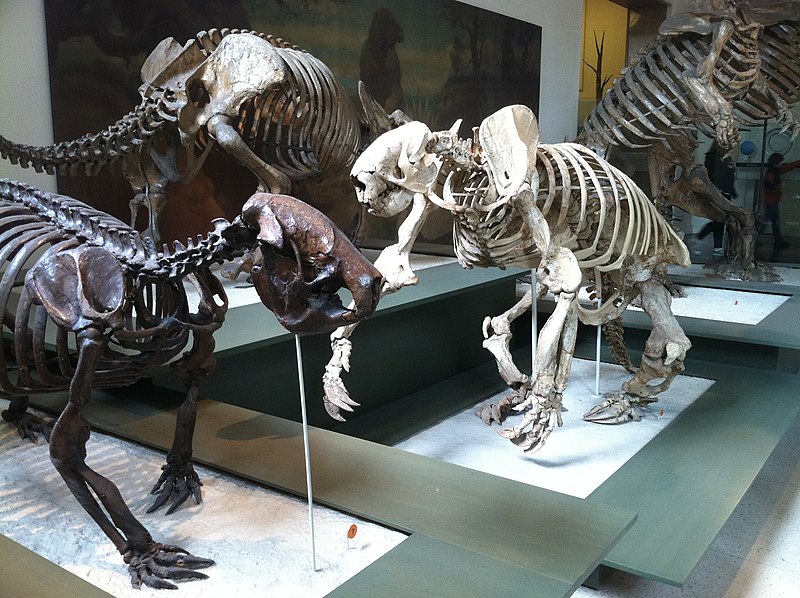Berkas:Ground sloths.jpg

Ukuran pratayang ini: 800 × 598 piksel. Resolusi lainnya: 320 × 239 piksel | 640 × 478 piksel | 1.024 × 765 piksel | 1.280 × 956 piksel | 2.592 × 1.936 piksel.
Ukuran asli (2.592 × 1.936 piksel, ukuran berkas: 1,99 MB, tipe MIME: image/jpeg)
Riwayat berkas
Klik pada tanggal/waktu untuk melihat berkas ini pada saat tersebut.
| Tanggal/Waktu | Miniatur | Dimensi | Pengguna | Komentar | |
|---|---|---|---|---|---|
| terkini | 21 Juli 2012 09.39 |  | 2.592 × 1.936 (1,99 MB) | File Upload Bot (Magnus Manske) | Transferred from Flickr by User:FunkMonk using flickr2commons |
Penggunaan berkas
Halaman berikut menggunakan berkas ini:
Penggunaan berkas global
Wiki lain berikut menggunakan berkas ini:
- Penggunaan pada af.wikipedia.org
- Penggunaan pada ar.wikipedia.org
- Penggunaan pada en.wikipedia.org
- Penggunaan pada fa.wikipedia.org
- Penggunaan pada it.wikipedia.org
- Penggunaan pada ko.wikipedia.org
- Penggunaan pada simple.wikipedia.org
- Penggunaan pada uk.wikipedia.org
- Penggunaan pada www.wikidata.org